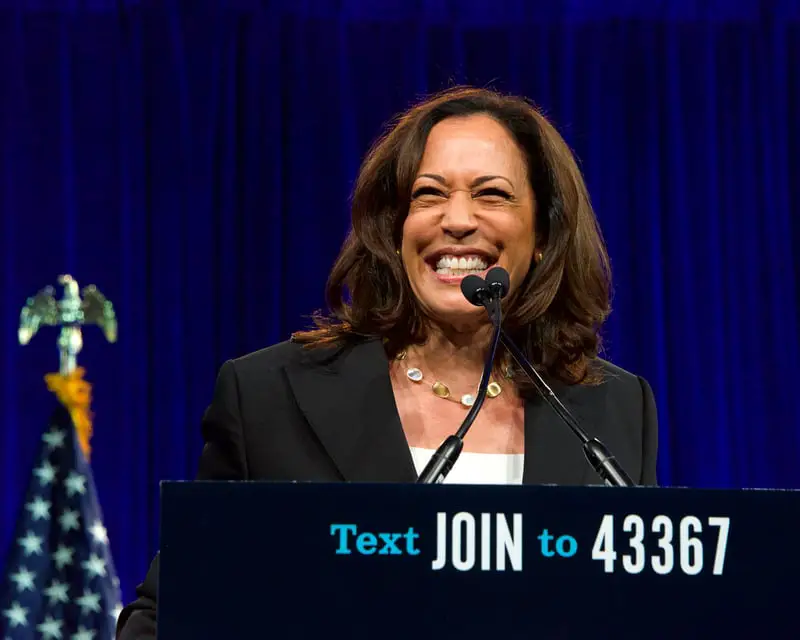
Vice President Kamala Harris’ re-election campaign, which has been touting a message of optimism and “good vibes,” is encountering skepticism from many Americans grappling with rising costs in essential aspects of daily life. While Harris has been emphasizing the administration’s achievements and a hopeful vision for the future, this message appears to be clashing with the economic realities faced by households across the country.
Harris, who has been a prominent figure in the Biden administration’s efforts to promote economic recovery, has consistently highlighted positive economic indicators, including low unemployment rates and efforts to tackle climate change. During campaign stops, she has underscored the administration’s commitment to building a stronger, more equitable economy. The “good vibes” message is part of a broader strategy to instill confidence and positivity among voters as the 2024 election approaches.
However, this message has been met with a mixed response. For many Americans, the optimism being projected by the campaign contrasts starkly with the financial pressures they face. Rising costs for food, energy, housing, and other essentials have become a significant concern for households nationwide.
Escalating Costs and Economic Pressure
Over the past year, the cost of living has surged across various sectors. According to the U.S. Bureau of Labor Statistics (BLS), food prices have risen by over 5% from the previous year, with staples such as bread, dairy, and meat seeing notable increases. Energy costs, particularly for gasoline and home heating, have also spiked, putting additional strain on family budgets.
The Federal Reserve’s interest rate hikes, intended to curb inflation, have led to increased borrowing costs, affecting everything from mortgages to car loans. This has made homeownership and vehicle purchases more expensive, further straining household finances. Utility bills, driven by both higher energy prices and increased demand during extreme weather conditions, have seen similar upticks.
Moreover, insurance premiums for cars and homes have climbed, partly due to the rising cost of repairs and natural disasters. The National Association of Insurance Commissioners reported a significant increase in premiums over the past two years, with auto insurance premiums growing by an average of 7% annually.
Back-to-school shopping, an annual financial burden for many families, has also become more costly. The National Retail Federation (NRF) estimated that the average American family would spend nearly $890 on school supplies, a record high, driven by price increases in clothing and electronics.
Disconnect Between Campaign Messaging and Public Sentiment
While Harris’ campaign aims to emphasize resilience and progress, the disconnect between the administration’s messaging and the public’s lived experience with these economic pressures is becoming apparent. Polls indicate that economic concerns remain at the forefront of voters’ minds, with many expressing skepticism about the administration’s handling of inflation and the overall economy.
The challenge for Harris and the broader Democratic campaign is to address these concerns effectively. Critics argue that the “good vibes” messaging may come off as tone-deaf to voters who are struggling to make ends meet. For many, the emphasis on optimism does little to alleviate the anxiety caused by rising prices and financial insecurity.
As the 2024 campaign progresses, the ability of Harris’ team to connect with voters on these critical economic issues will likely play a pivotal role in determining the effectiveness of the “good vibes” strategy. Whether the campaign can reconcile its optimistic messaging with the economic challenges faced by everyday Americans remains to be seen.

